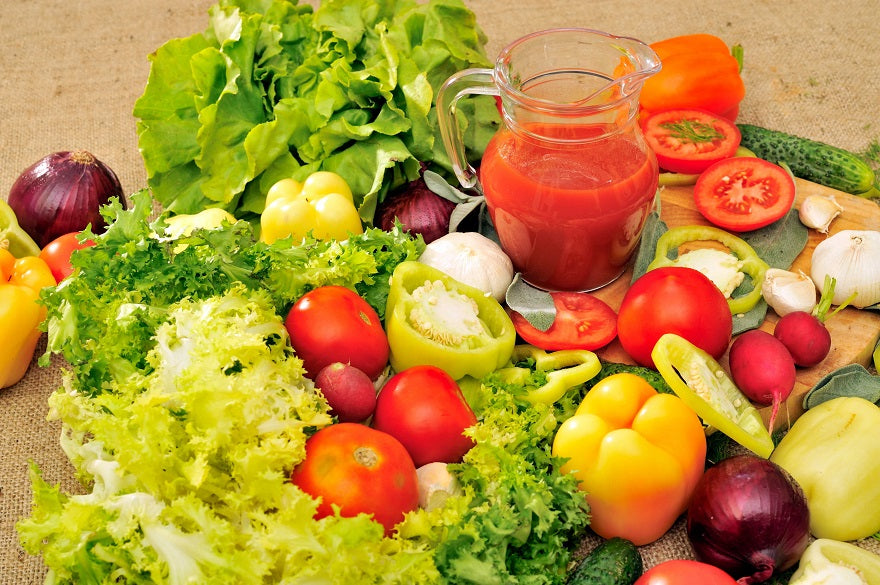
Building a healthy meal is your first step to a healthy eating lifestyle. Rule of the thumb is to include all food groups throughout the day. Give priority to fruits and vegetables. Limit added sugars, saturated fat and sodium. Food is our fuel and eating is a must for our daily life. It is of great importance that we are mindful of what gets into our mouth and body. Goes with the saying that you are what you eat. Gear yourself up with the knowledge of crafting healthy meals for you and your loved ones.

Start with the base ingredients, fruits and vegetables. Make sure they take up the biggest part of your plate. They’ve got fewer calories and it triggers receptors in your stomach that tells your brain you are full before you can even grab portions of carbs – bread, rice or pasta. Go for dark green vegetables and orange and berries for fruits. When you opt to have starchy vegetables like potatoes, squash or corn, pair it with a fiber rich whole grains to avoid loading up too much carbs.
Choosing your lean protein. Add poultry, fish and lean meat to your grocery list. Lean protein is best at reducing hunger hormones and it helps your blood sugar stay at a steady rate. You can also go for other sources of protein like eggs, nuts, beans or tofu.
Do not forget to include some dairy. Complete your meal with a cup of low-fat or fat-free milk. There is almost same amount of calcium and other essential nutrients as with whole milk, but with lesser calories. If you are not a milk drinker, you may try a soy beverage or add a low-fat yogurt into your meal.
Figure out and avoid extra fat. We all know that fats take longer to digest than carbs or protein, hence, keeping us full for hours. But be careful in choosing what fats to include in your meal. Stick with unsaturated fats that are heart healthy. We have choices like olive oil, avocado, walnuts or flaxseeds.
Go for whole grains. Complex carbs are way better. They have more fiber which provides a steady stream of energy and are absorbed slowly. Complex carbs are those found in whole grains, quinoa and brown rice. Look and be mindful to read for the labels with words like 100% whole grain or 100% whole wheat, they are very rich in nutrients like fiber. There is no need to completely swear off refined carbs, you just need to limit yourself to at least one portion per day and make sure to add fiber source.

Drink water. This one is a no-brainer. Water is essential and it is what completes a healthy meal.
Opt for a smaller plate. This will help you monitor grains and the portions of what you are eating. Serve yourself everything else first so that you will have less room for the food you are tempted to overeat.
Be creative. Remember, the more colors you put on your plate, the healthier your food can be. Take control of your food. When you eat at home more often, you will know exactly what gets into your plate and what you are eating. Every single ingredient put into your dish will be known to you. Be resourceful and do not be afraid to try new foods. You can also trade recipes with your family and friends. There will always be ways to make a meal healthy.